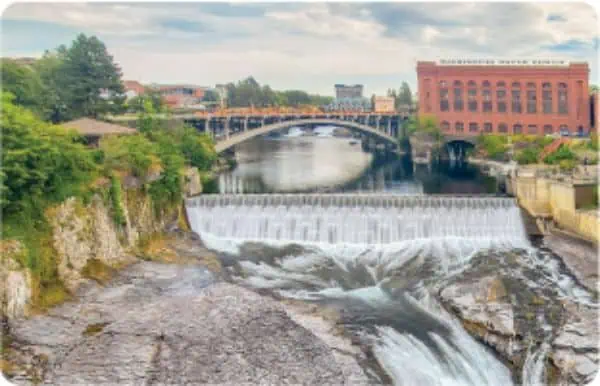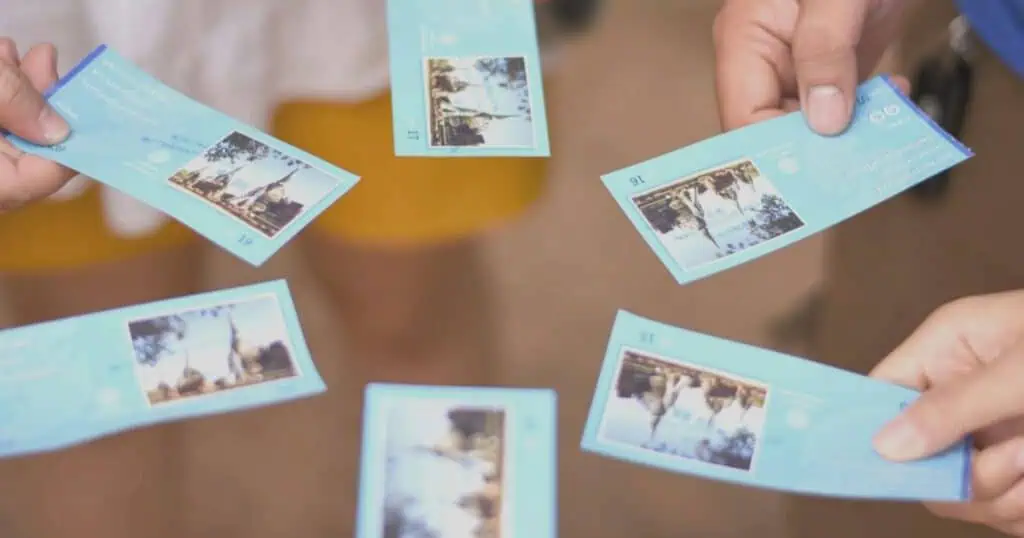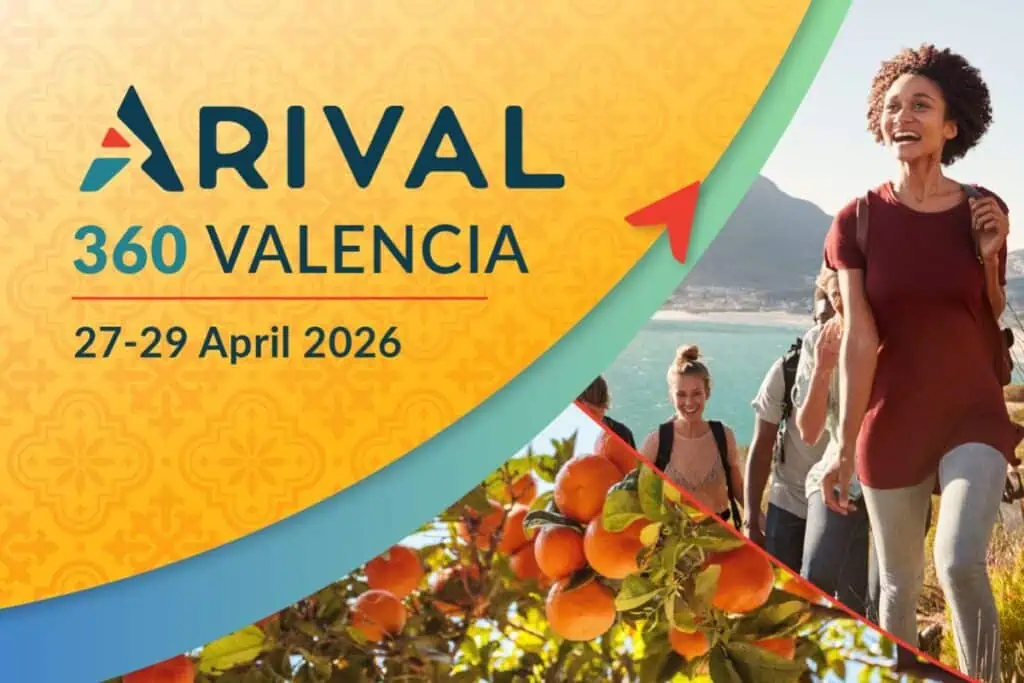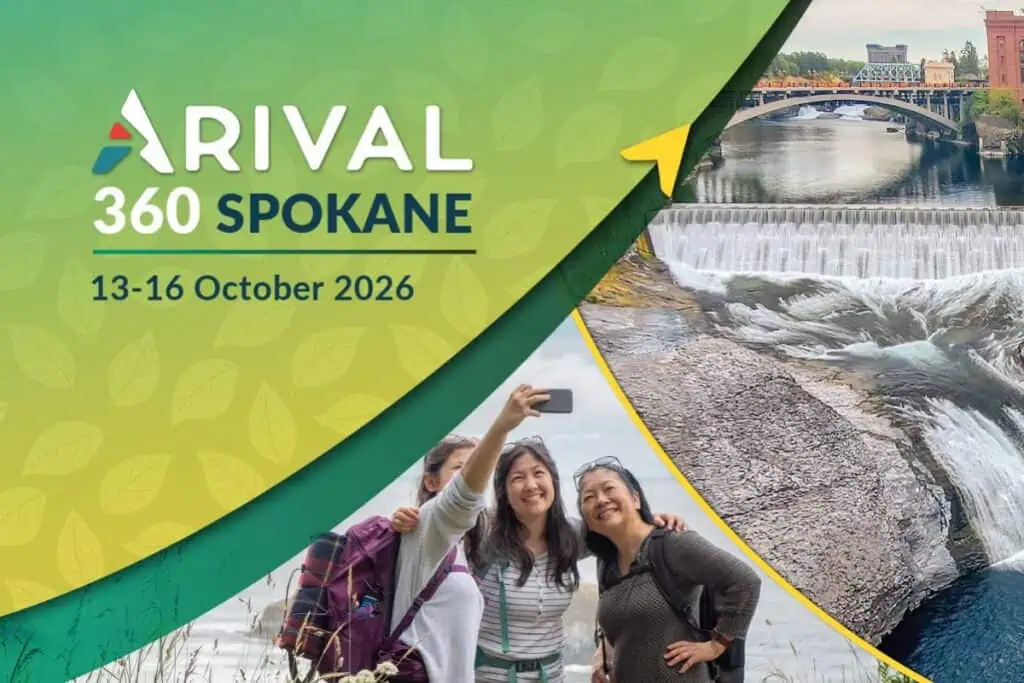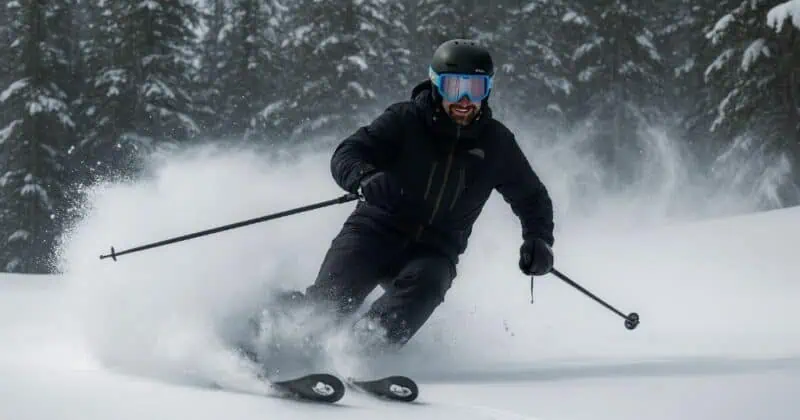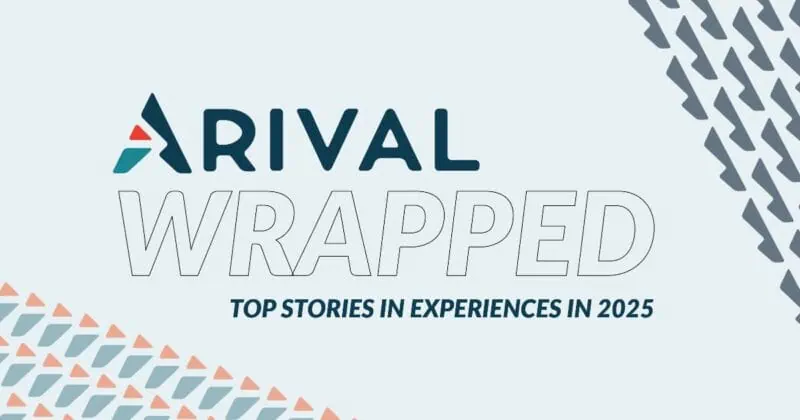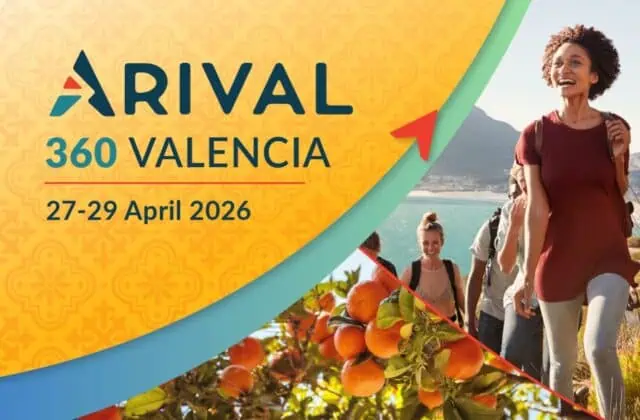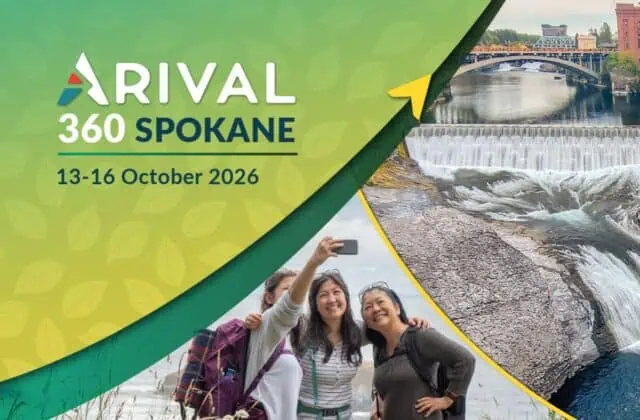Attractions are often viewed as leaders in the industry due to their booking volume, scale, and longevity. They typically serve as the “hero” that highlights a destination’s key activities for visitors. However, how modern are these attractions? How effectively do they draw in visitors and ensure a seamless consumer experience?
According to The State of Visitor Attractions, the latest report from the Global Operator Landscape (3rd Ed.) research series, the consumer journey may not be as smooth as we would expect. While many attractions are advancing in some areas — such as by offering more guided tours and VIP experiences — many are still behind on technology and connectivity.
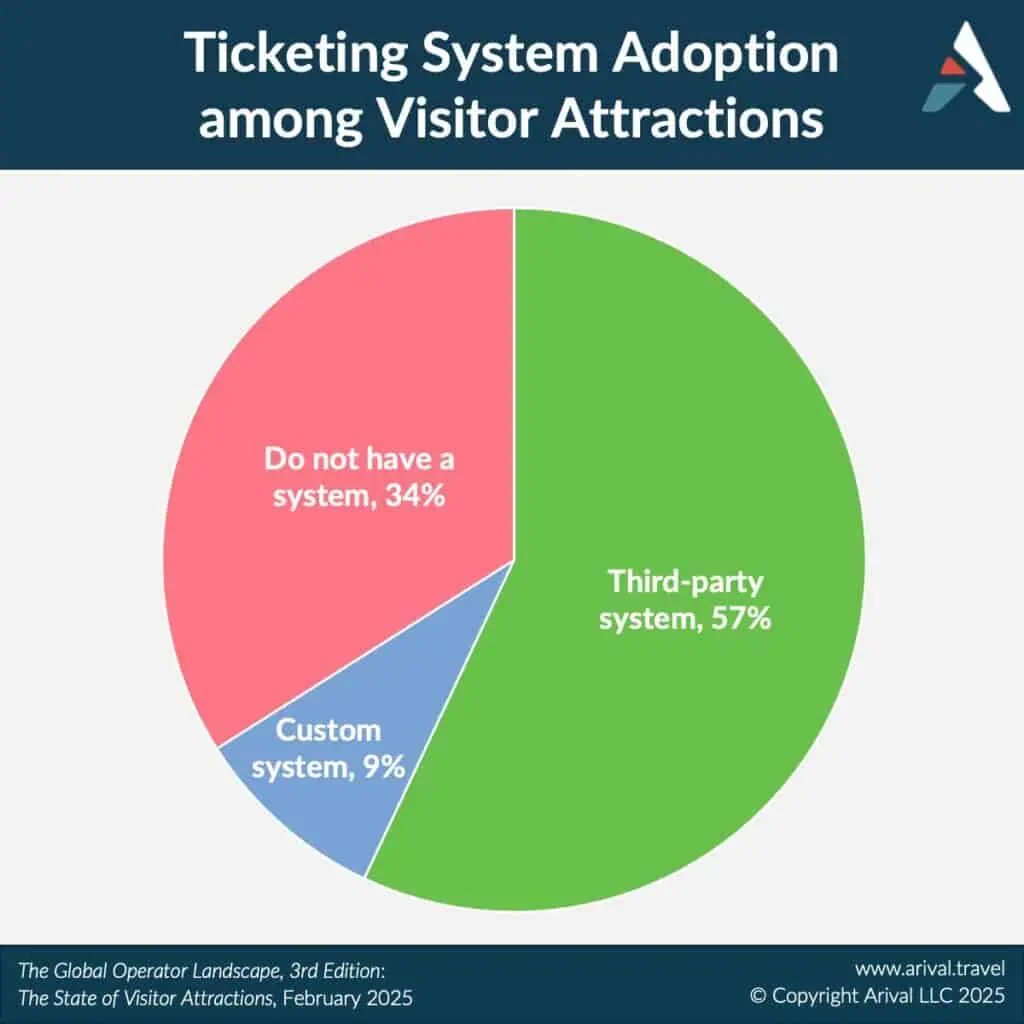
With travelers increasingly expecting to be able to book their travel experiences — including attraction tickets — online, it’s imperative attractions get up to date. Why are we at this point, where over a third of attractions do not have a modern ticketing system at all in 2025? And where do we go from here?
The State of Tech & Connectivity Among Visitor Attractions
Over the past decade, there has been a remarkable growth in booking technology for tours and activities, along with an increase in online selling and distribution for many small and medium-sized businesses. Yet, it seems that a significant sector within the experience industry—attractions ticketing—has been overlooked in this technological progress.
While major players like Disney and Merlin have a wide range of technological options at their disposal, many attractions do not enjoy the same benefits. In fact, among those attractions who do have some form of modern ticketing system, fully 65% are only “somewhat satisfied or dissatisfied,” according to Arival’s The State of Visitor Attractions report.
As consumer booking habits have evolved to incorporate a multi-channel approach, attractions have struggled to keep pace with the rapid changes driven by consumer demand, resulting in the need to manage tickets and bookings across multiple platforms.
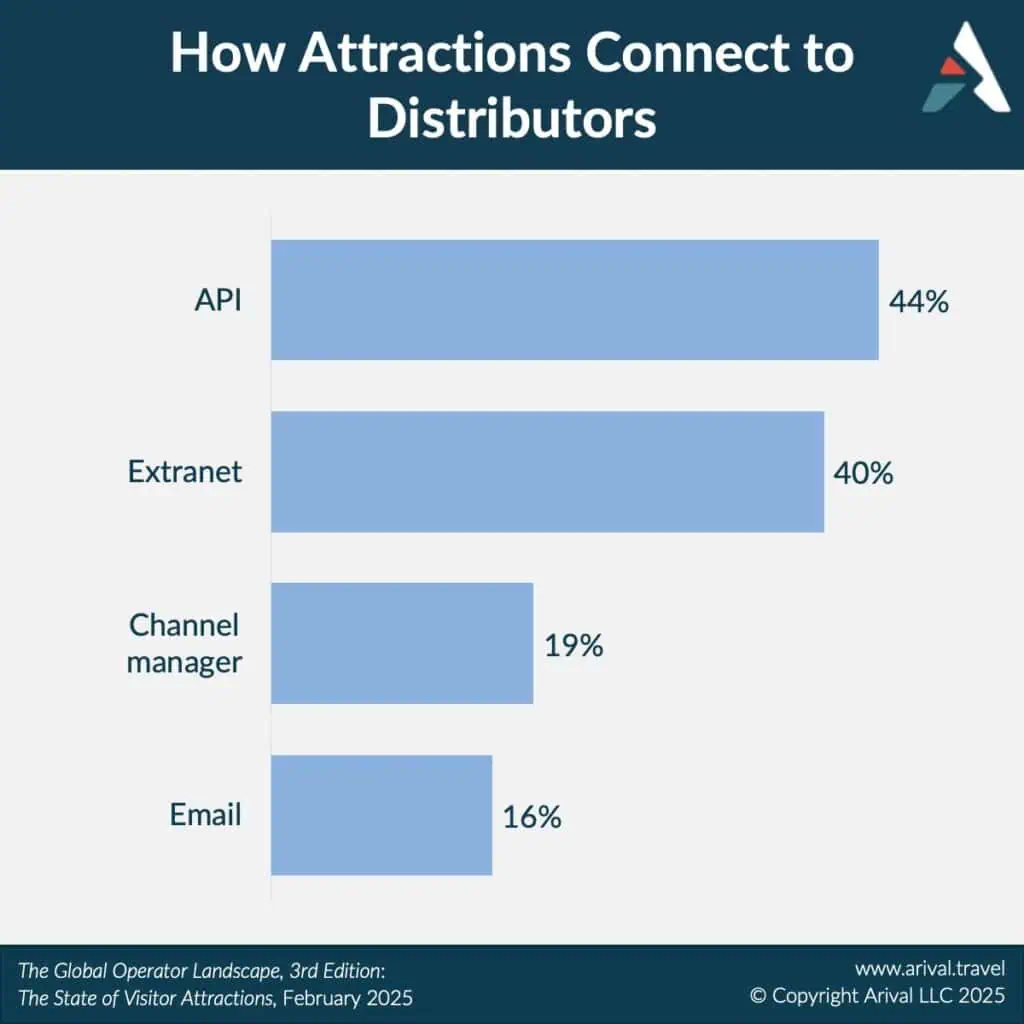
Gone are the days where you could only purchase a ticket at the front gate. With consumers demanding the option to purchase tickets via their preferred channel at the time suitable for them (who wants to stand in line?), a ticketing platform that only services consumer direct purchases falls short of consumer expectation.
This leaves attractions having to scramble with manual processes in an attempt to to reach their customers. As a result, many attractions find themselves restricted in their distribution options, often collaborating with a limited number of online travel agencies (OTAs) — an average of 10, according to Arival’s The State of Visitor Attractions report — while navigating an increasingly complex landscape of limited API options, extranets, booking emails, and bulk barcode purchases.
27-29 April 2026
Insider Pro Access Members Save 20%
THE event of the year for the European in-destination experiences industry
Save up to €730 with a Holiday Savings Ticket!
So Where Do Attractions Go From Here?
Attractions need to ask themselves the hard question: What is the cost of doing nothing? While sourcing and implementing a new ticketing system—or a complete attraction management solution—can seem overwhelming, sticking with outdated legacy systems can lead to significant long-term losses in sales, limited reach and booking opportunity, increased manual workloads, and fragmented consumer data. Here are a few key ways attractions can move forward:
1. Invest in Ticketing and Reservation Systems
To navigate these challenges and enhance the visitor experience, attractions must adopt an integrated and flexible approach to technology. The first step is investing in robust, scalable ticketing solutions that enable seamless integration across multiple sales channels. By doing so, attractions can offer a unified platform where consumers can purchase tickets effortlessly, whether directly from the attraction’s website, through a third-party OTA, tour operators or via traditional distribution.
2. Partner with Tech Providers Specializing in Tourism
Additionally, partnering with a technology provider specializing in tourism and visitor experiences is crucial. These partnerships can provide attractions with cutting-edge tools and systems to streamline operations, improve customer engagement, and expand market reach.
The overwhelming number of ticketing solutions can make the selection process daunting. Narrowing the field by focusing on vendors specifically designed for tourism attractions—rather than those from other industries like events and theatre—can help, as purchasing behaviors differ significantly between event-goers and travel consumers as an example.
3. Foster a Culture of Innovation
Finally, fostering a culture of innovation within the organization is essential. Encouraging staff to think creatively and embrace new ideas can help attractions stay ahead of technological trends and continuously improve their offerings. Ongoing training and development will empower teams to manage and utilize new technology effectively, ensuring a smooth transition and long-term success.
By adopting a proactive, strategic approach to technology, attractions can enhance the visitor experience, increase their profitability, secure their place as industry leaders, and remain adaptable to the evolving demands of the digital age.
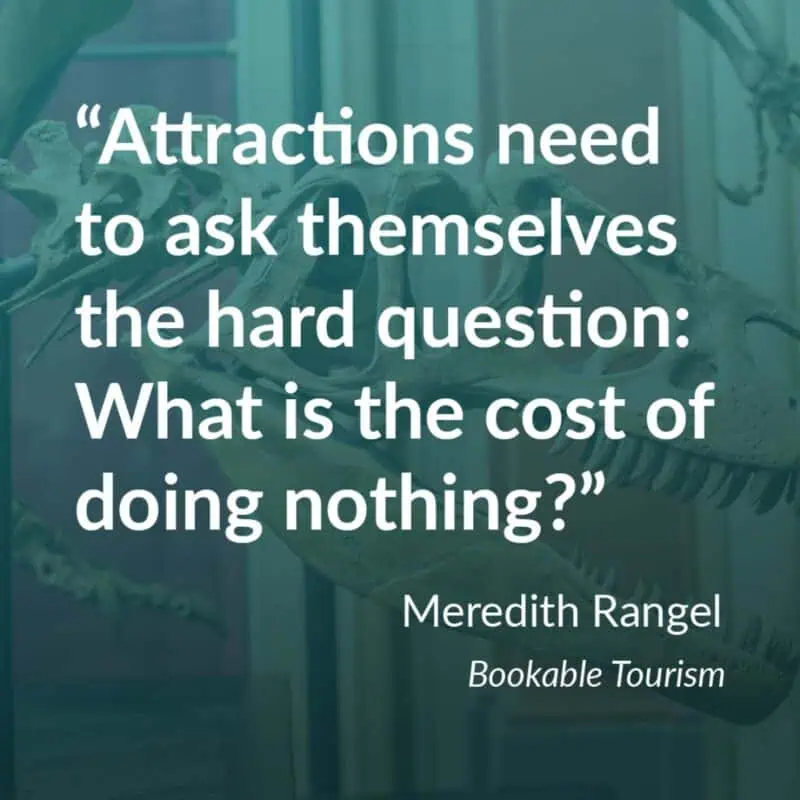
About the Author
Meredith Rangel is the founder of Bookable Tourism, and an expert in distribution and booking technology for the tourism sector. She is passionate about helping modernize the tourism industry through technology, and regularly consults with visitor attractions to help them select and successfully install new booking and ticketing systems.
Dig Deeper with The State of Visitor Attractions Report
The latest Arival report reveals key insights into the state of the industry and key trends in technology, distribution, marketing, product, pricing and more for visitor attractions. Gain unparalleled insight into the global visitor attractions marketplace, and learn key benchmarks in performance, sales, distribution and more to track your business against the broader industry.

Learn More with Arival Research
The Global Operator Landscape (3rd Ed.) Research Series
Arival’s annual survey of the global operator industry is the most comprehensive and in-depth study on travel’s third-largest sector: experiences. Based on a survey of more than 7,000 operators worldwide, the third edition of Arival’s Global Operator Landscape research study informs a series of reports on different sub-segments and geographic regions within the tours, activities and attractions sector.
- Global Operator Landscape: The State of Experiences
- Getting Direct: The State of Digital Marketing
- Global Operator Landscape: The State of Visitor Attractions
- The State of Women+ Leaders in Travel Experiences
- Global Operator Landscape: The Profitable Operator
- Global Operator Landscape: The State of OTAs & Operators
- Inside Enterprise Attractions
- Global Operator Landscape: The State of Booking Tech
Arival thanks our study sponsors: Launch Partner GetYourGuide, and Strategic Insights Partners Catalunya, Expian, Rezgo, Tripworks and Viator, as well as the many Fielding Partners that helped distribute the survey — see the full list here.
Get the full Arival experience by joining us at an upcoming Arival event, and hear the latest research insights and tips on digital marketing for the experiences sector directly from tours, activities and attractions industry leaders and experts.
Become an Insider Pro Access member today and get access to the full library of Arival research, plus many other benefits such as free consulting sessions, special discounts and 20% off in-person events, starting from $179 per year.
Sign up to receive insights tailored for the in-destination industry as well as updates on Arival.
Header photo: Pexels / Happiness 44

